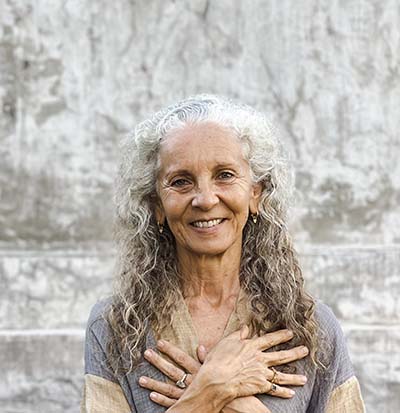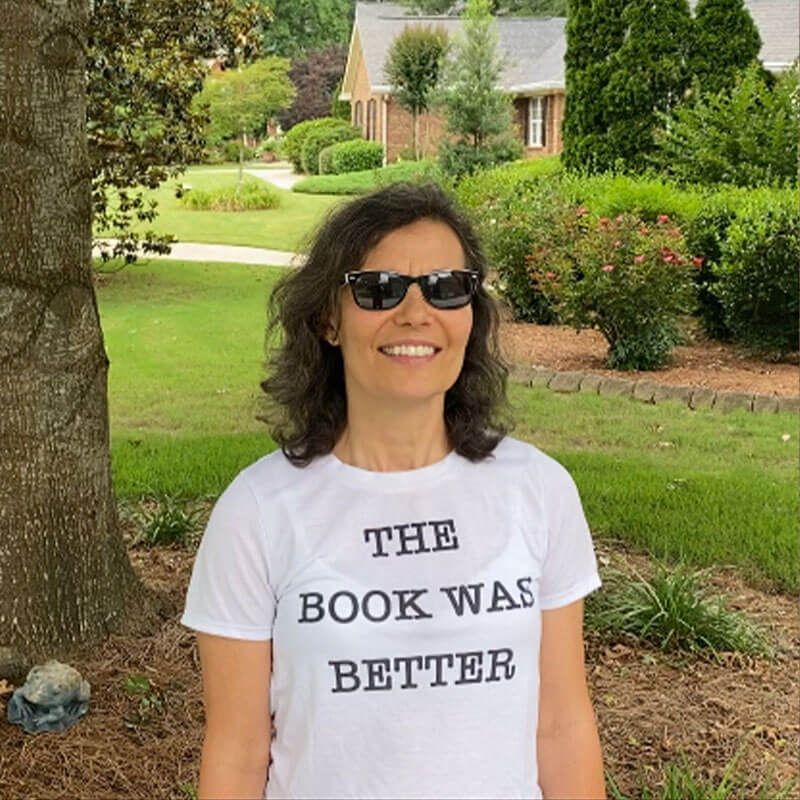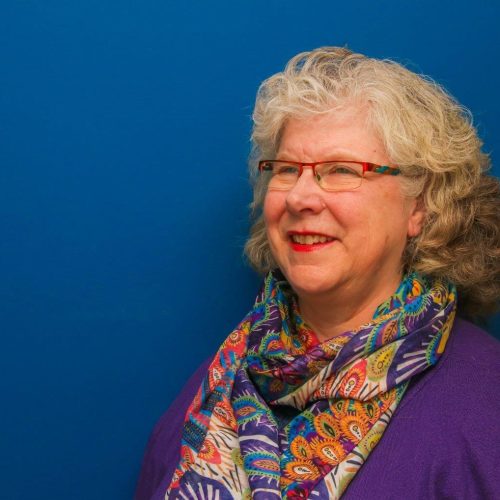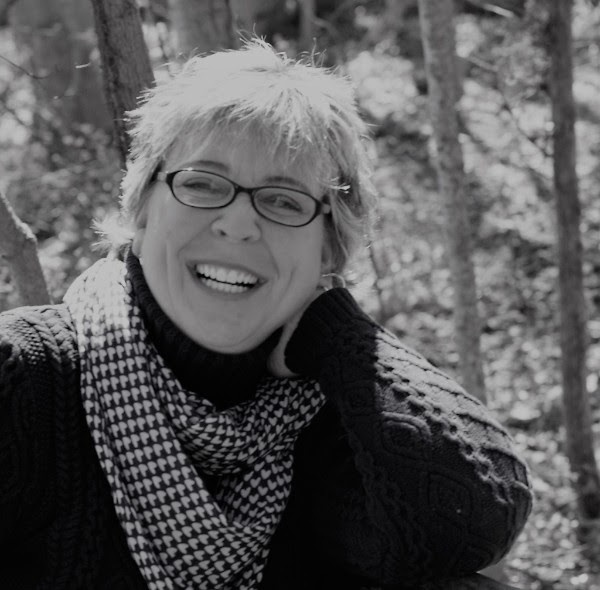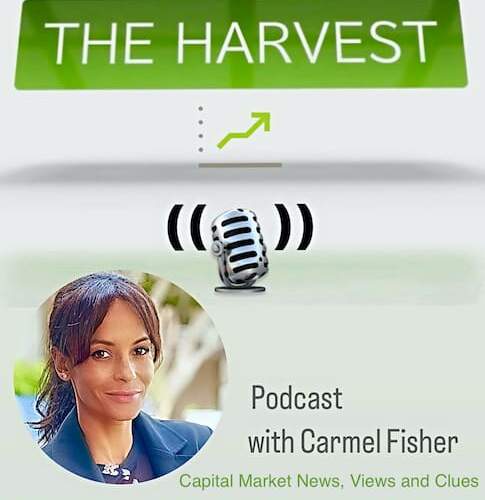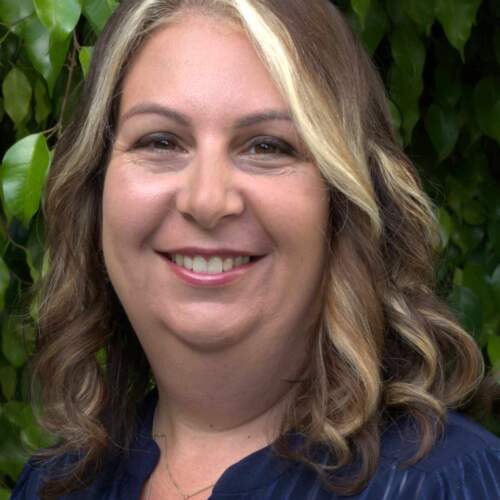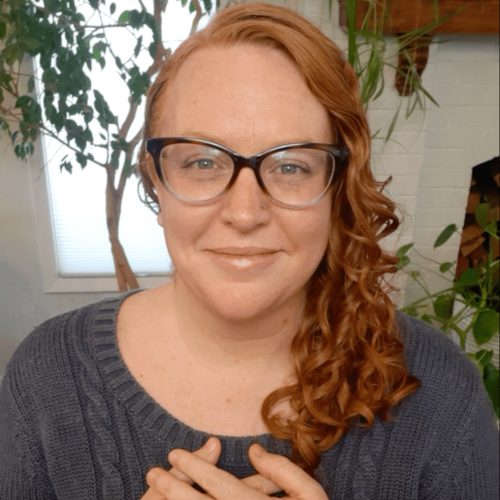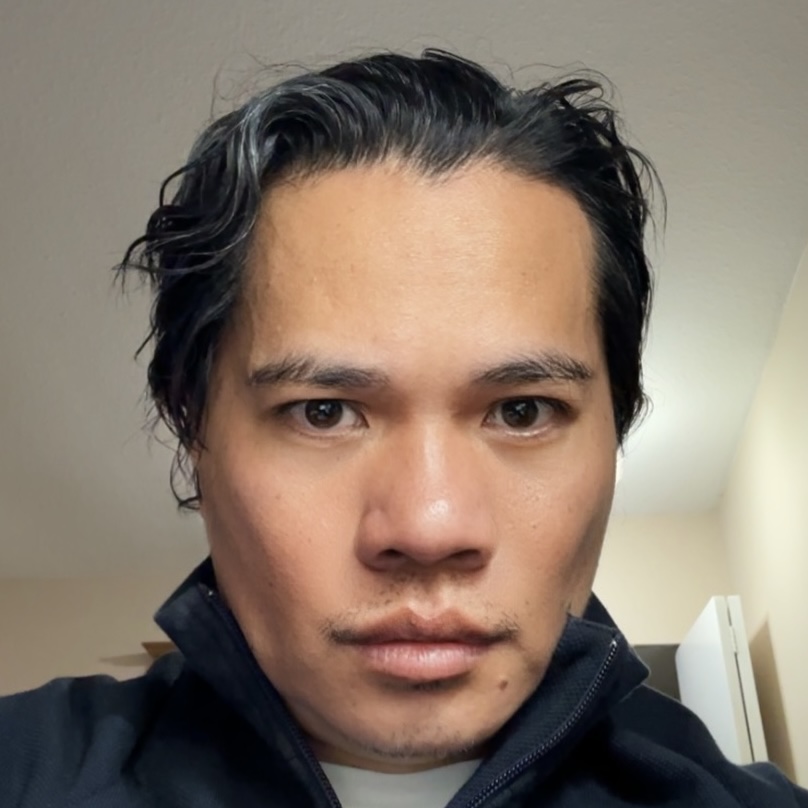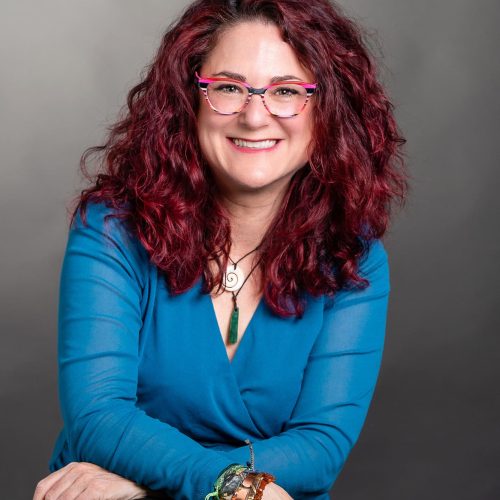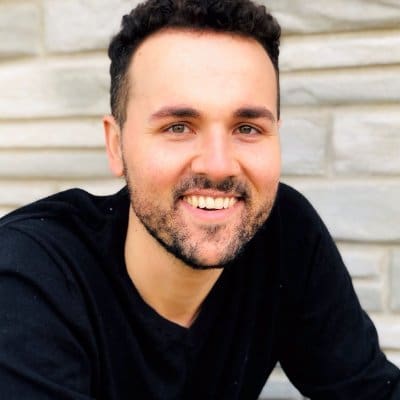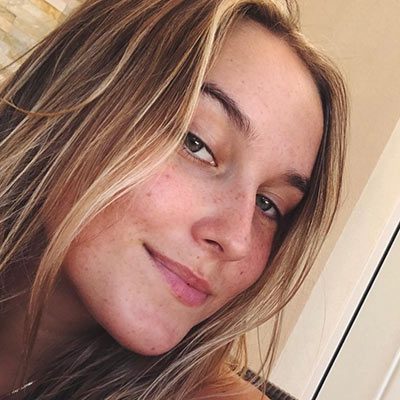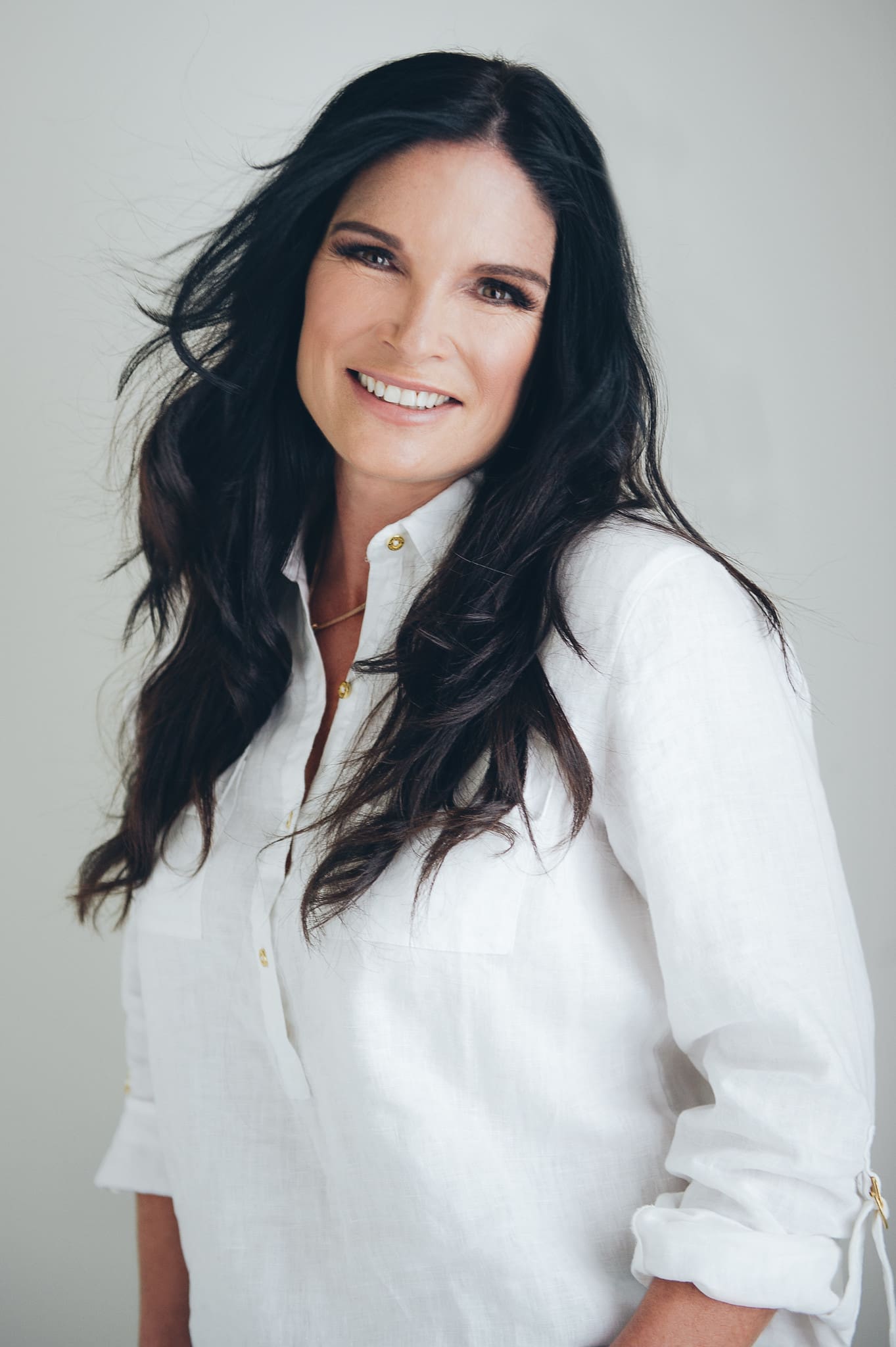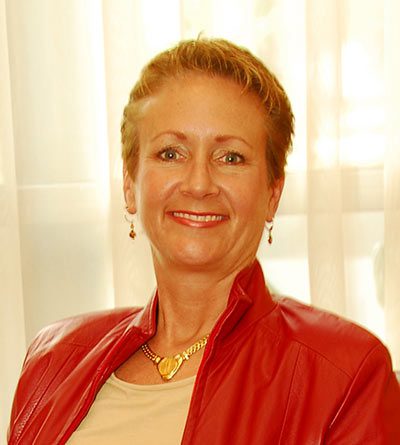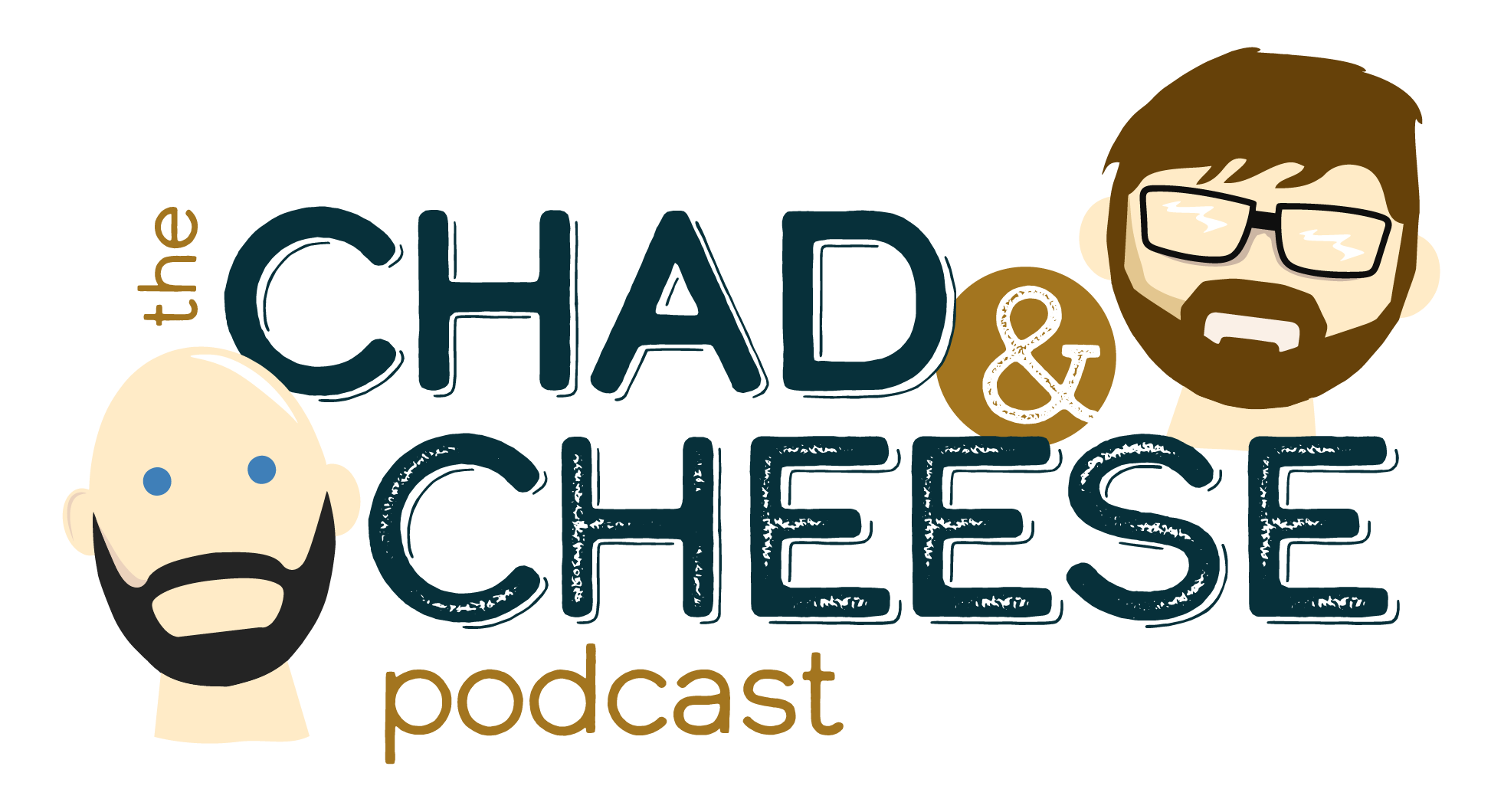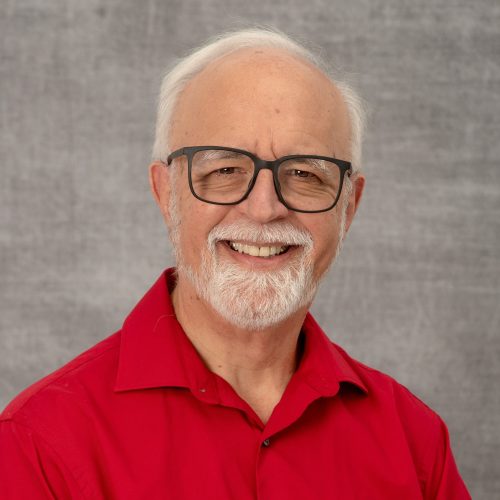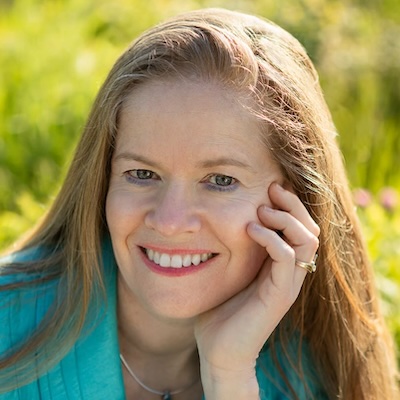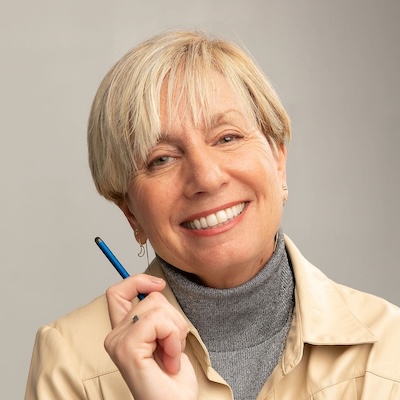Maintaining the Roots of Ayurveda & Yoga
Do you feel inspired to live your dharma but you’re afraid to take the next step?
Are you ready to uncover what’s blocking you from following your heart and fulfilling your purpose?
Join us for a free workshop on living your dharma. We’ll uncover 5 challenges you need to overcome to follow the calling of the heart to guide and uplift others.
Read the podcast transcript
Hello everyone, This is Myra with Hale Puleʻs Everyday Ayurveda and Yoga podcast.
We have had some great experiences recently with our guests doing panchakarma and dosha balancing. I love to see how people wake up when vata dosha calms down. They often say they feel like a new person. And when pitta calms down we can see how it is much better not to sweat the small stuff and walk through life in peace instead of impatient and angry.
Each of the panchakarma guests who has been through this awakening reminds me of how each of us goes through transformation. Each generation goes through changes and the people who have been around a while may see the good of the past and some good in the new things. But when it seems like there is so much negativity around itʻs easy to stay focused on it. The media is feeding us a lot of negativity these days. And when people respond to this with fear the negativity just grows. But then some people may find it a good reason to wake up!
Many of us who have been around a while would agree that people are having more health problems both mentally and physically. What happened? More orientation outside the home both physically and mentally and a lack of spiritual connection. We trust ourselves less and feel more disconnected from nature.
During the 20th century there was a shift away from mainstream religions. People seemed to be looking for something with more freedom, fewer rules and punishment. Since then there have been a few generations of nowhere land, spiritually speaking, and many people now feel lost and empty. The material stuff just isnʻt that satisfying and it seems more hopeless when our health starts failing.
For a lot of people, escaping the dogma of organized religion felt freeing, but having no tools to cultivate spiritual connection to our higher self took us to a dead end. Trying to fill the void in all sorts of ways with — food, shopping, Relationships, work, drugs, alcohol. This external focus to find all of our answers in life has led many to look for something deeper and hence the increase in interest in Yoga and Ayurveda.
When we hit the bottom there is nowhere to go but up. And this is a waking up of sorts.
Iʻve noticed people in their 20s are having the kind of significant health problems that we used to see beginning in the 60s. But now we are seeing more interest from the younger folks to change their ways because theyʻve recognized that itʻs not natural to feel bad most of the time and that there are more possibilities. The physical and mental pain that so many people experience nowadays has at itʻs root a lack of connection to our innermost Self. Spiritual connection.
Itʻs so encouraging that people are looking for additional choices to resolve their pain. Yoga and Ayurveda guide us to look inside for answers and solutions. If let ourselves be guided to clear knowledge and our own truth we will develop discernment, also called viveka, and this expands the light of our Consciousness. This is how we find true freedom. To do the opposite, to trust that external sources, such as elected leaders, corporations or doctors, have the answers, we descend deeper into the darkness, or tamas.
When we cultivate sattva, which is the Sanskrit word for balance and harmony, and work for our spiritual well being through inner connection to our higher Self we allow in the light and can create a shift. A waking up.
Yoga and Ayurveda are simple at their core, with the intention to bring light where there is darkness. The practices are often more complicated to satisfy our overactive minds. There are so many techniques that bring healing and improvement in life on all levels. But if we lose sight of the real purpose of these sciences and identify just with the techniques of the practice it can bring confusion and frustration. And even disillusionment. Instead we can stay with their purpose, which is to allow us to remember ourselves as eternal spirit and live a sweet full life.
Itʻs important to keep it simple, to work with teachers and practitioners with integrity who are in the practices and consciously in the process of awakening themselves. We must also remember that it is an individual journey. Our teachers, our practices and tools are just to support us in our experience. The direct experience of our true Self creates the shift within us where we wake up to a broader perspective and actually see our part in the play of life.
The sciences of Ayurveda and Yoga will not change at their core. To truly touch that core we must maintain the holistic approach and the spiritual foundation. Connection to the Vedas. This is what Iʻve seen bring great healing and awakening. Each personʻs interpretation can enhance the usefulness of these sciences to the masses or create dilution of their power to heal. But I have found that when the interpretation of Ayurveda and Yoga seems weak, people will look for more. As we are willing to dive deeply ourselves, the Wisdom of these sciences will be here for us.
The texts of Ayurveda and Yoga were originally in Sanskrit, not English, so there are many challenges that come from the translation. I teach Ayurveda and Yoga to many Japanese students, so I’m very aware of the difficulty in translating complex thoughts from one language to another. I have found that how an individual interprets the content matters greatly. I take this into account with how I teach my Japanese students and in selecting the interpreters I use. You can do the same when you are looking to study Ayurveda or Yoga. Find a teacher or practitioner who truly embodies the teachings and understands the nuance of the texts and the importance of a holistic, individualized approach, meaning the context is most important.
The texts of Yoga and Ayurveda hold great amounts of wisdom, but taking them literally can lead to confusion and dilution as the discussion and descriptions are from the individual context and arenʻt one size fits all to be applied literally to any situation. I thought of a few examples:
From Charaka one of the classic Ayurvedic texts: Do not go barefoot. In India there are cobras and many other creatures that could be life threatening. Many Yogis feel it is a good thing to go barefoot on the earth to rejuvenate and connect with the earth energy. This assumes there are no toxic chemicals on the earth there. And obviously without threat to life from poisonous snakes or creatures.
Another from Charaka talks about having meat when vata is highly deranged. Then later in the text it says that the suggestion of meat is purely scientific and not looking at the energetics, which would most often suggest not to have the meat. So within the text there is contradiction with different situations.
Vamana, or a controlled vomiting, is sometimes given to everyone in Yoga trainings these days. This doesn’t consider the individual and their needs. So the practice is being applied in a one size fits all way, which is a contemporary approach. The teaching of Yoga was originally one on one between teacher and student, so the practices would be given to the individual considering their current state of health and level of commitment. This is the same in Ayurveda, where the principles need to be applied to the individual in their current state considering their life and its requirements.
Another one is:
Fruit is the most sattvic so Yogis should eat them extensively or even exclusively. We have a client who followed these general instructions eating only fruit for an extended period of time in a cold winter during an advanced Yoga training. He ended up significantly vata and pitta unbalanced and suffered greatly both physically and mentally. It set his practices back for a year and a half while he healed.
The expression of between two pieces of paper or glass was an expression to be expansive and lengthening through the legs which would extend the pelvis. Nothing was ever said to turn the hip joints flat to the side past their optimum range of motion. This has created misunderstanding in poses such as trikonasana, triangle pose, or virbhdrasana B or 2, warrior pose and ardha chandrasana, half moon pose. It removes the essence and the power in these poses. When we miss the essence, which is the point of the pose, itʻs easy to cause injury and set ourselves back.. This is not ahimsa, the practice of nonviolence.
When looking for a practitioner or a teacher go beyond looking at the mechanics of Education and certificates to see if the energy supporting their offerings is substantive and in line with what you are looking for. Referrals are a great tool for finding a practitioner or teacher suitable for you. Also take a look at their writing or website because it should give some indication of their attitude and approach.
There are some other points to look for:
Find a teacher you feel aligned with, but who also challenges you. You can miss a lot by going only with personality.
Look for someone who is farther along their path than you. Practicing and studying longer than you will usually, but not always, indicate someone at a deeper level. By recognizing and working with a teacher that has the depth you would like it helps to shave off the sharp edges of the ego and grow in consciousness. It’s not about the certificates they have, but about how this person is embodying the teachings in their life. Does it represent where you would like to be in 10 or 20 years?
As you walk through your personal awakening, remember that the best teacher you have is your higher self. Take what you are learning and direct it inward. Learn through you own direct experience and you will never forget what you know.
For more on holistic living wisdom, connect with our free global community
Join the Hale Pule Sangha, a free community of self-healers from around the world. It’s a space to learn about how to bring Ayurveda and Yoga into your life so that you can experience Clarity, freedom, and joy.
The community is hosted on Mighty Networks. Click here to create your free account today!

